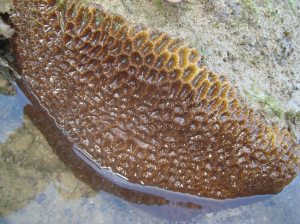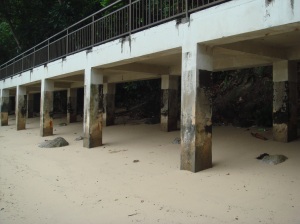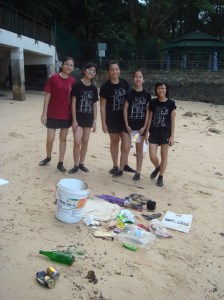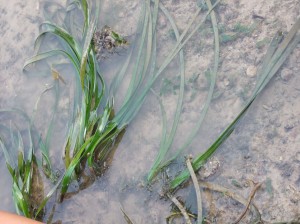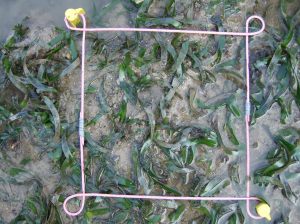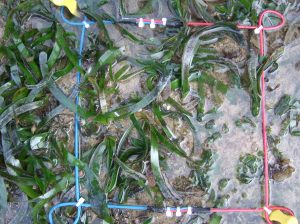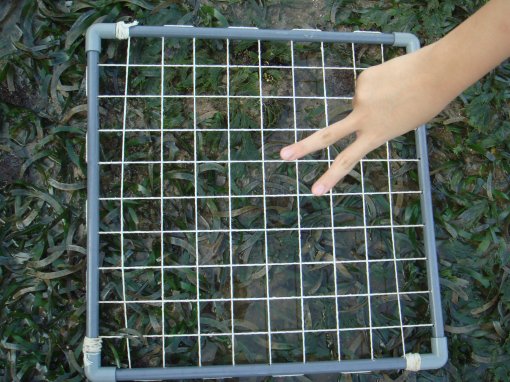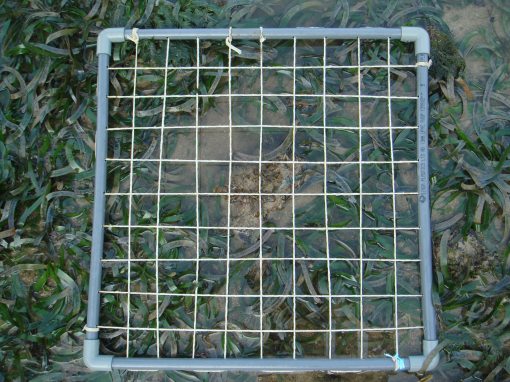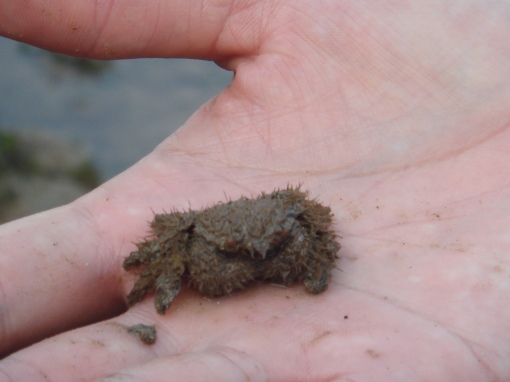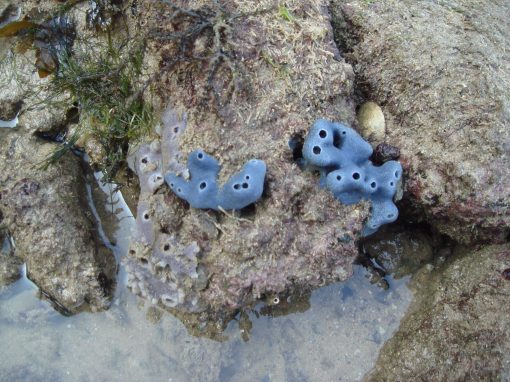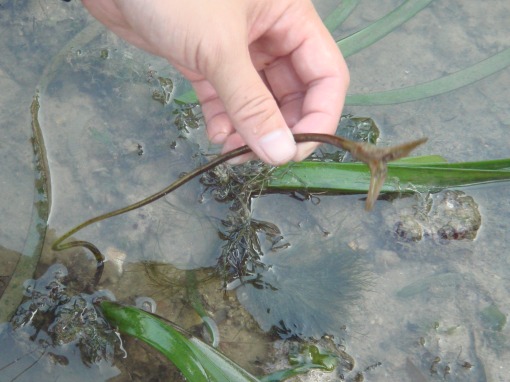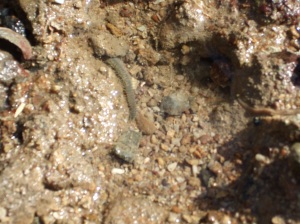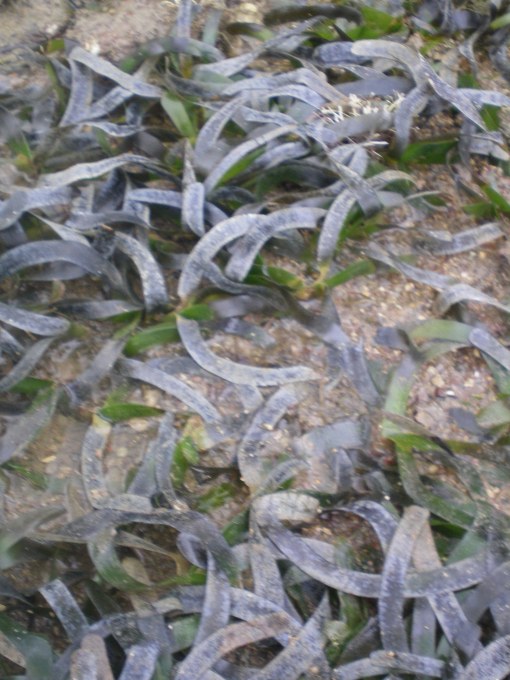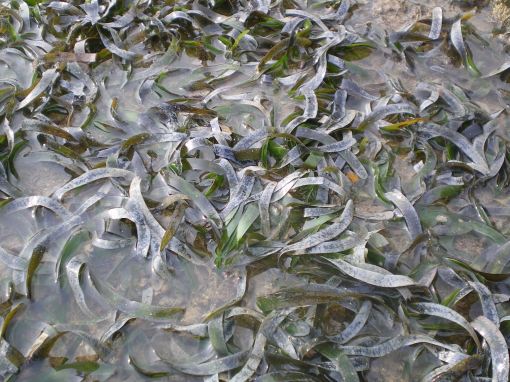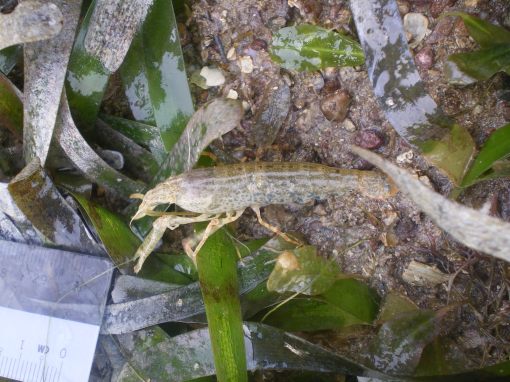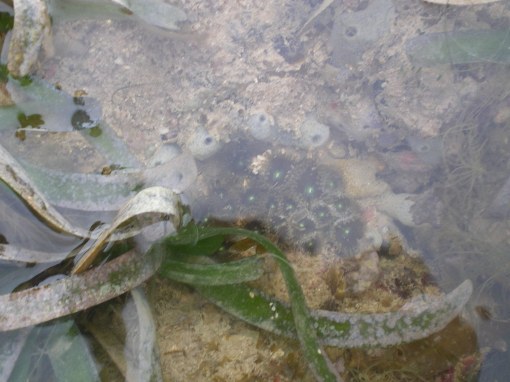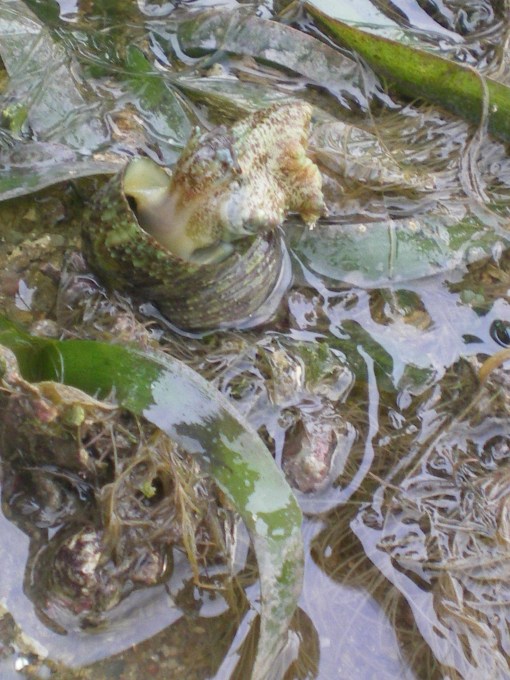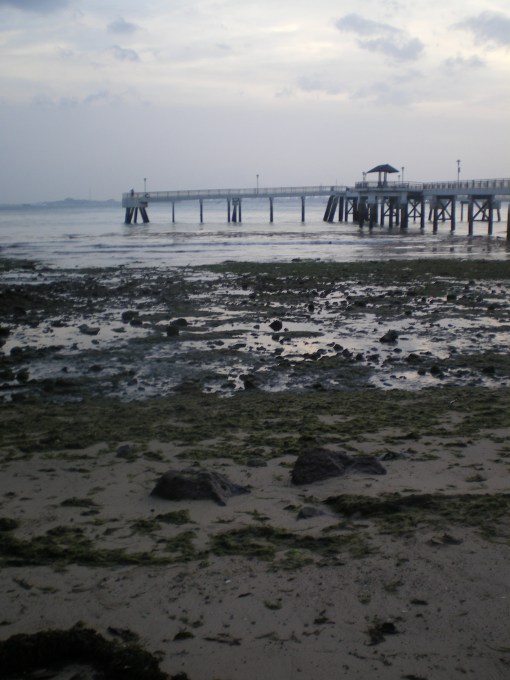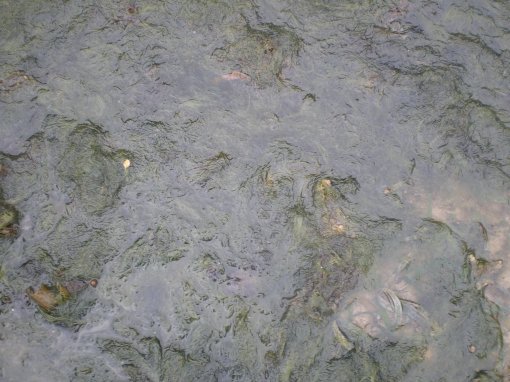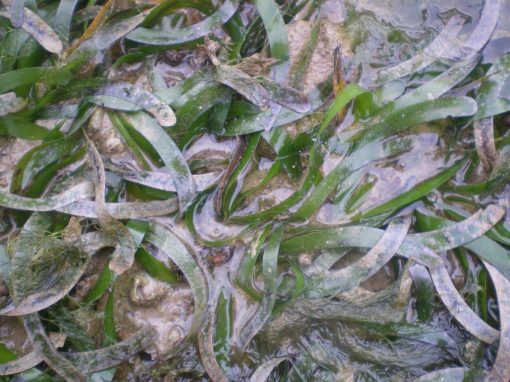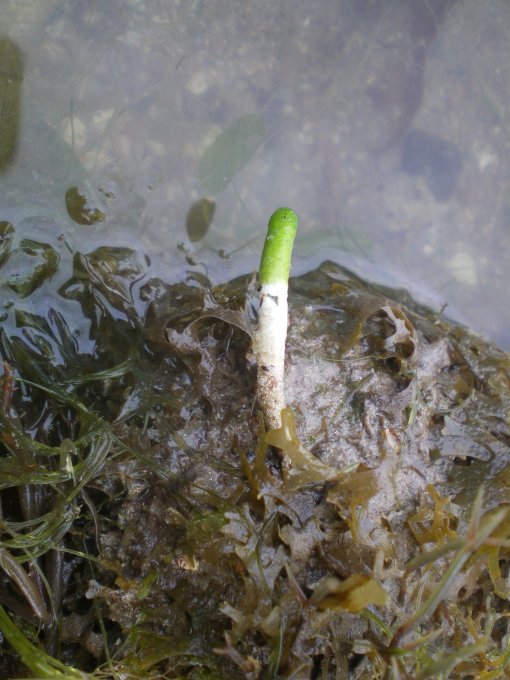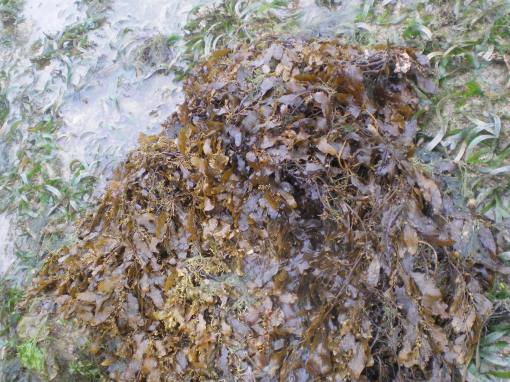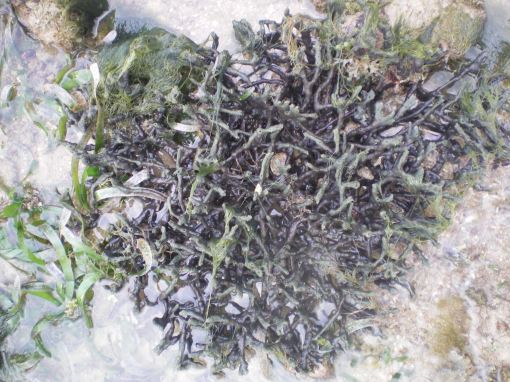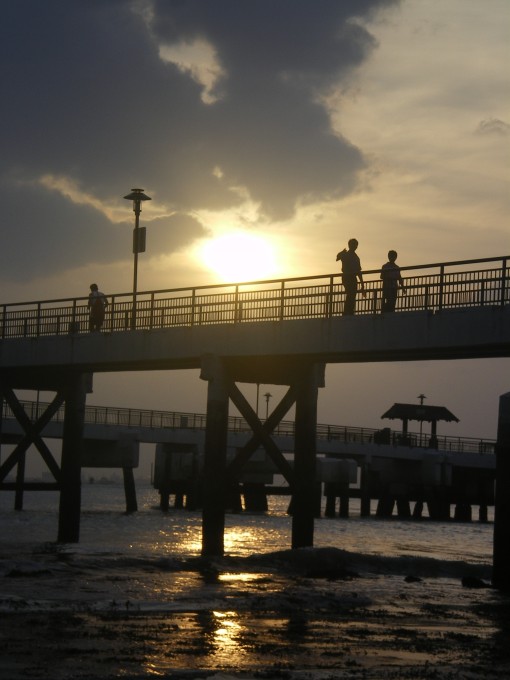Weather: cloudy/rainy
Time: 4.17-5pm
Tide: 0.3m
This trip marked our last trip to Lab Park. ): The tide was very low, and we could see a lot of seagrass! (insert pic of low tide). Due to the low tide, we finished our random sampling of 33 quadrats in a relatively short time. the seagrass generally looked healthy, except for those which were growing near the shore, which appeared to be black.
After our monitoring we went to explore labrador park. We spotted white eggs deposited on the Thalassia and many other organisms including shrimps, and a bunch of fat and squishy polychaete worms under the rocks.
We managed to explore the other side of Labrador Park which we have hardly ventured into. There, we saw patches of seagrass. However, the patch of seagrass is contained within the rocky shore and is also relatively small, possibly posing a problem to monitering. This may be one of the reasons why it may be difficult to monitor the seagrass in that area.
there was a lot of algae washed up and near the shore this time!
a shrimp we spotted! It was almost inconspicuous in the water.
blue sponges growing on the rocks
some thalassia near the shore had turned black for some reason!
we saw some bubble green seaweed (Boergesenia forbesii)
some green anemone(:
algae belonging to the Neomeris species
snails on the rocks!
low tide!
Since we have concluded our last visit we would like to thank Mr Lim for his unwavering support and guidance, the guy from NParks, who opens the gate for us without fail, and the Ms Toh who answers all our emails, our parents who pick us up, as well as everyone else who has made this monitoring project a success and a meaningful one. We hope to be able to work with seagrass again! 😀
Grace, Yifeng, Zenia(:

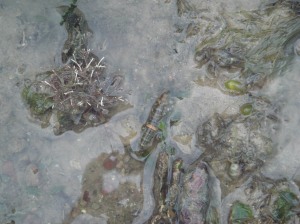




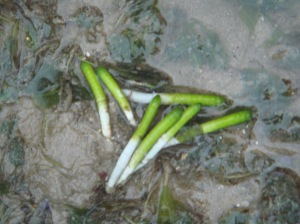

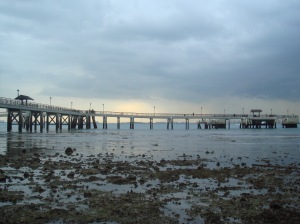

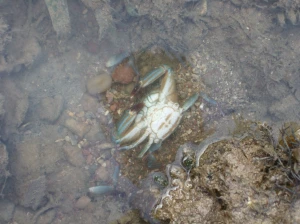
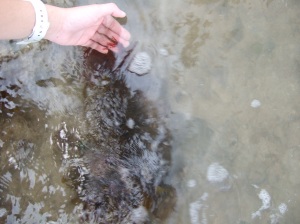
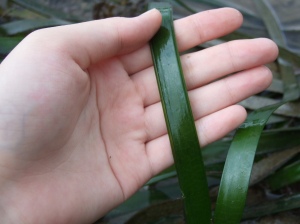

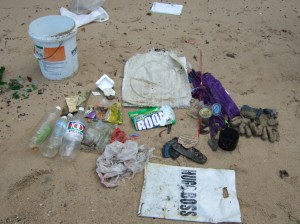
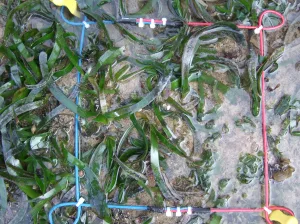
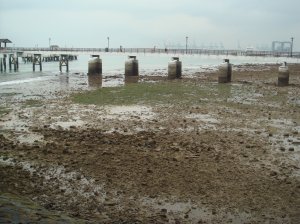 low tide!
low tide!